Are you always struggling when trying finding the right TV? You probably often ask yourself: what size do I need? What resolution is enough for me? Do I need an OLED? Well no need to worry anymore because I have created a list of 5 things you need to take into account when searching for a new TV. Only when you’ve taking all these 5 things into account can you choose the right TV.
nnnnHelpfull article:
nnnnTech for teenagers August: Top 5 BEST OLED TV’s in [2024] for around $1000
nnnnThe top 5 OLED TVs under $1000 for 2024 include LG C4 OLED EVO, Sony A80L OLED, LG C3 OLED EVO, Samsung S90C OLED, and LG… Read more
Best latest article:
nnnnnTable of Contents:
n nTV Buying Guide – 5 Quick Tips
nnnnIf you’re in a hurry and want to get straight into the list, then don’t worry because I have them all neatly layed out for you here:
nnnn- n
- Find the Perfect Size for Your Spacen
- n
- Picking the right TV size is crucial. Too small, and you might miss out on the full experience; too big, and it could overwhelm your room. A good rule of thumb is to sit about 1.5 to 2.5 times the TV’s diagonal size away from the screen. It’s like finding the sweet spot for the best view in the house! n
nnnn - Get with the Times—Go 4Kn
- n
- For sharp and detailed pictures, go for a 4K TV. It’s a step up from older HD models and makes everything look clearer and more vibrant. As more content is available in 4K, it’s a smart choice for getting the most out of your movies and shows. n
nnnn - Choose the Right Screen Type for Your Viewnn nnnn
- Look for HDR—It Makes a Differencenn nnnn
- Know What to Expect in Terms of Pricen
- n
- When buying a TV, expect to invest a bit more for better quality. A decent 4K TV usually starts around $400 to $600, while higher-end models with OLED screens or advanced HDR features can cost $1,000 or more. Spending a bit extra can get you superior picture quality, more features, and a longer-lasting TV. n
n
Find the Perfect Size for Your Space
nnnnWhen it comes to picking the right TV size, it’s all about balancing your space and your budget. Whether you’re considering a basic model or something high-end like an OLED TV, screen size plays a huge role. Some things to think about when choosing your screen size are: how many people typically watch TV with you? And where you’ll be placing your new TV? You can also check out the differences between screen sizes here. You should always try and choose the largest screen that fits comfortably in your room without breaking the bank. For most living rooms, a good size could be anywhere between 55 and 75 inches—big enough to make an impact but still practical.
nnnnScreen size also depends on how close you sit to the TV. If you can see individual pixels, you’re too close. A good rule of thumb is to sit about three times the height of the screen away from it for HD TVs, and just 1.5 times the height for 4K Ultra HD TVs. This means you can sit much closer to a 4K UHD TV without losing picture quality. Although this isn’t recommended as it can cause quite some eyestrain, read more here.
nnnnAt the end of the day, your TV size should enhance your viewing experience without taking up to much space. So, if you’re in a cozy apartment or small room, a 55-inch TV might be perfect. But if you’ve got a bigger room and love a cinematic feel, going up to 75 inches can make your movie nights a step above. It’s all about finding a balance between size, space, and your viewing habits.
nnnnnnnn
Get all the latest post on through the eyes of a teenager straight in your inbox.
nnnnSubscribe to stay updated, it’s free!
nnnTo summarize: Choose a screen size and resolution that suits the distance you’ll be sitting from the TV. For most setups, starting around 65 inches is a solid choice, unless you’re in a smaller space like an apartment or dorm.
nnnnGet with the Times—Go 4K
nnnnIf you’re looking for a sharp, detailed picture that really pops, a 4K TV is your best option Compared to older HD models, 4K TVs offer a significant upgrade with four times the resolution. This means everything you watch will be clearer, crisper, and way more vibrant. The extra pixels for shure make a noticeable difference, especially when it comes to fine details like the texture of fabrics. It’s not just about having a bigger screen; it’s also about enjoying a more immersive and visually stunning experience.
nnnnThe benefits of 4K become even bigger as more content becomes available in this higher resolution. Streaming services like Netflix, Amazon Prime, and Disney+ are offering more and more movies and shows in 4K, so investing in a 4K TV ensures you’re ready to take full advantage of this content. As 4K technology becomes more well-known, you’ll find that more and more new releases and popular series are made in this format, giving you richer visuals and a more engaging viewing experience.
nnnnAll-in-all, a 4K TV is a great choice for future proofing and just in general as a lot of streaming platforms already offer loads of 4K content. As technology becomes better, having a 4K TV means you’re ready for upcoming content and improvements. It’s not just about what content there is today but also about being prepared for the new releases and tech innovations that will keep coming out. This makes a 4K TV a great investment if you want to stay ahead of the curve and enjoy high-quality visuals for years to come.
nnnnIn summary: if you’re looking to upgrade your TV and make the most out of your movie nights, a 4K TV is definitely worth considering. It provides a very clear and vibrant picture that enhances every viewing experience. With more content becoming available in 4K these days and the technology continuing to become better and better, it’s a choice that will keep your entertainment setup looking fresh and impressive for years to come.
nnnn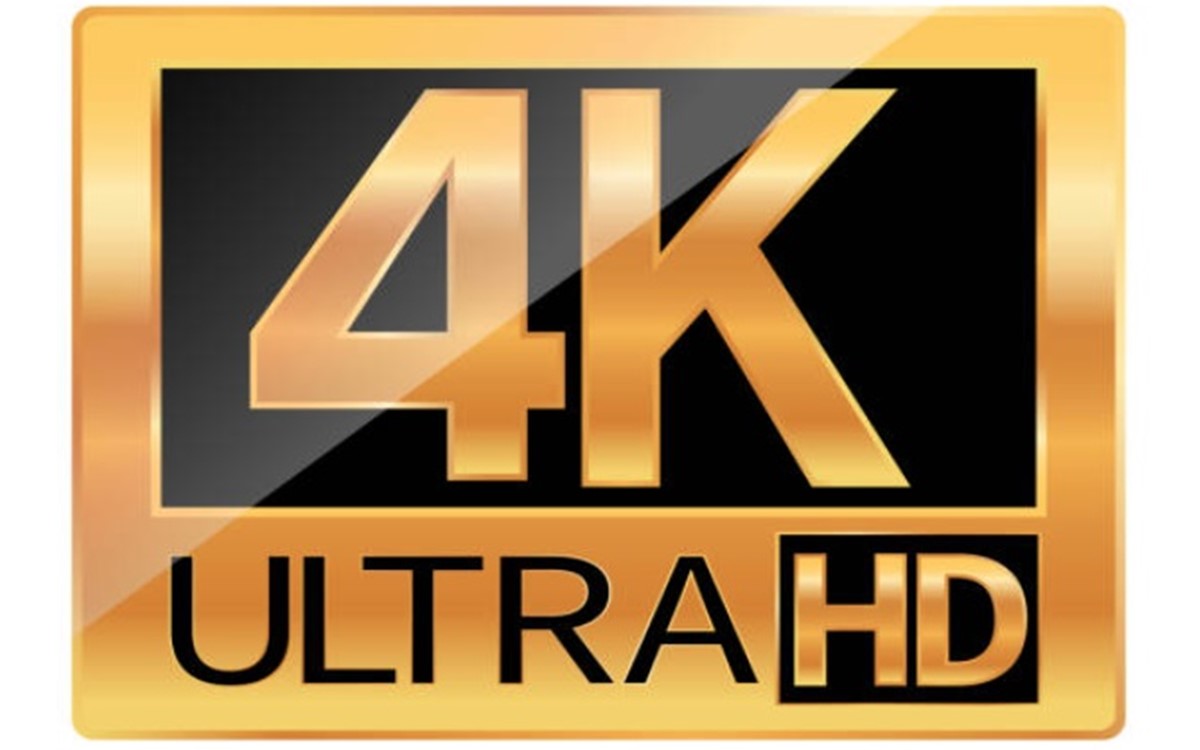
Choose the Right Screen Type for Your View
nnnnWhen it comes to TV screens, each type offers its own unique visual experience. OLED TVs are known for their stunning contrast and vibrant colors. With OLED technology, each individual pixel lights up on it’s own, allowing for deeper blacks because the pixels can turn themselves on and off and brighter colors that truly pop. This means you get exceptional picture quality with loads of detail, making OLED the go-to choice if you like luxury and top-notch visuals. The contrast is so vivid that it makes everything feel more immersive and cinematic, perfect for those who love rich colors and sharp details.
nnnnOn the other side, QLED TVs are known for their brightness and vivid color reproduction. QLED stands for Quantum Dot LED, and these TVs use tiny quantum dots to enhance brightness and color accuracy. If you love a TV that can fill your room with some amazing colors and handle well-lit environments, QLED is a good choice. The bright, vivid display makes QLED TVs stand out, especially if you’re watching in a bright room or during the day.
nnnnChoosing between OLED and QLED often comes down to what you value most in your TV experience. If you want the best picture quality possible with amazing contrast and color richness, OLED is the more luxurious option. It’s ideal for movie fans and gamers who want every detail to be crystal clear and every color to be as rich as possible. On the other hand, if you prefer vibrant visuals and a TV that performs better in brighter settings, QLED offers fantastic brightness and color accuracy.
nnnnIn the end: both OLED and QLED have their strengths, and the right choice depends on your viewing preferences and environment. Whether you go with the deep blacks and rich colors of OLED or the bright, vivid display of QLED, you’re sure to enjoy a great viewing experience that suits your style and needs.
nnnn
Look for HDR—It Makes a Difference
nnnnHDR, or High Dynamic Range, is a game-changer when it comes to picture quality. It enhances how colors and contrast appear on your screen, making your viewing experience pop with more depth and detail. HDR works by boosting the brightness of the brightest parts of the image and deepening the blacks, which helps create a more dynamic and immersive picture. This means you get to see every shade and nuance, whether it’s the glint of sunlight on a water surface or the subtle shadows in a dark scene. Learn more about HDR here.
nnnnOne of the biggest benefits of HDR is its ability to make your favorite movies and shows look even better. When a TV supports HDR, it means you’re getting the best possible version of your content, with richer colors and more contrasts. It brings out details that you wouldn’t see on standard displays, making scenes look more realistic and engaging. Whether you’re watching a vibrant animated movie or a dark, dramatic thriller, HDR ensures that every detail is the best it can be.
nnnnHDR is also becoming more common in streaming services and Blu-ray discs, so having a TV with HDR support means you’re set to enjoy the latest content at its best. As more and more new releases and streaming options support HDR, it’s a feature that will continue to enhance your viewing experience. It’s all about making sure you see your favourite content the way it was meant to be seen—bright, detailed, and full of depth.
nnnnIn summary: HDR is a fantastic feature for anyone looking to up their TV experience. It takes your screen’s colors and contrasts to the next level, adding depth and making every scene look more vivid and engaging. If you want to get the most out of your movies and shows, a TV with HDR support is definitely worth considering.
nnnn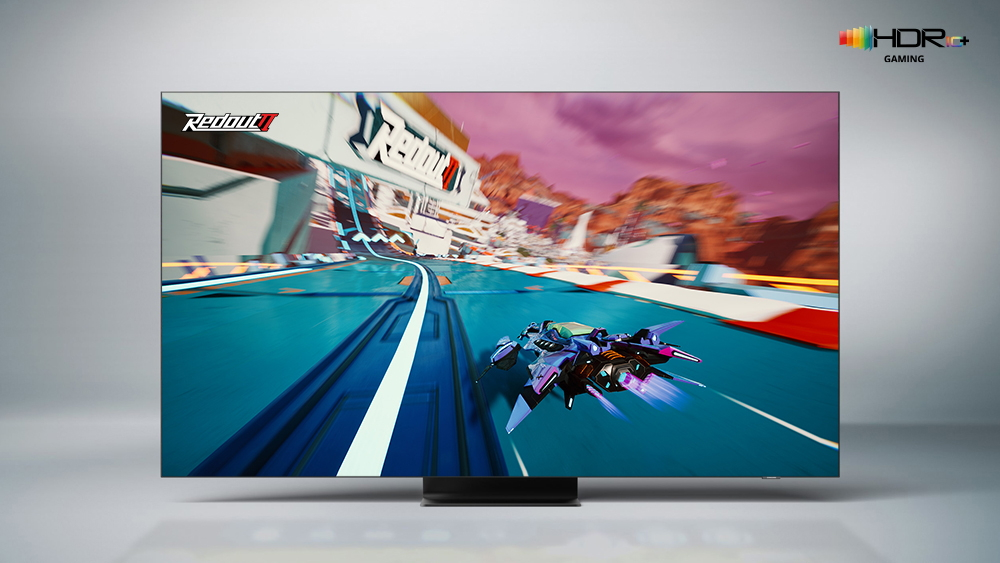
Know What to Expect in Terms of Price
nnnnWhen it comes to buying a TV, it’s important to note that investing a little more can lead to far better quality. If you’re looking for a decent 4K TV, you’ll typically be starting around $400 to $600. This price range usually offers solid performance and a good balance of features. However, if you’re aiming for the best picture quality and advanced features, you might want to consider spending a bit more. High-end models, especially those with OLED screens and/or advanced HDR capabilities, can cost you about a $1,000 or more.
nnnnWhile the higher price tag might seem brutal, it often translates into way better picture quality, enhanced features, and a TV that will last longer. OLED TVs, for example, are known for their incredible contrast and color accuracy, while advanced HDR adds depth and vibrancy to your visuals. Investing in these premium options means you’re not just getting a TV but a more immersive viewing experience that can change the way you watch movies and shows.
nnnnThink of it this way: spending a bit extra on your TV can be like upgrading from a standard ride to a luxury car. The enhanced picture quality, better color accuracy, and longer lifespan are all part of what makes the investment worth it. If you’re passionate about having the best possible viewing experience and want a TV that stands out, it’s worth considering the more higher-end models.
nnnnIn summary: while a decent 4K TV can be found for an okay price, opting for a higher-end model can offer you superior picture quality and additional features. Whether you’re after vibrant colors, deep blacks, or advanced HDR, spending a little more ensures you’re investing in a TV that delivers an exceptional viewing experience and will give you enjoyment for years to come.
nnnn
Conclusion
nnnnChoosing the right TV can feel overwhelming with so many options and features to consider. Whether you’re thinking about the sleek, high-quality visuals of an OLED TV or the bright, vibrant display of a QLED, understanding what each technology offers helps you make a more informed decision. For those who value sharp, detailed images and deeper colors, investing in a 4K TV with HDR can elevate your viewing experience to a whole new level. HDR enhances contrast and color depth, making every scene look more immersive and engaging, while 4K ensures that even the smallest details are crystal clear.
nnnnWhen it comes to size, finding the right fit for your space is super important. Bigger isn’t always better, especially if you’re not accounting for the viewing distance and room size. Aim for a screen size that complements your space and offers a comfortable viewing experience. Remember, sitting at the right distance from your TV helps you get the most out of its resolution, whether you’re choosing an HD or 4K model. And if you’re considering a higher-end TV, like those with OLED screens or advanced HDR features, a bit of extra investment can mean better picture quality and a longer-lasting TV.
nnnnIn the end, your choice will come down to your preferences, budget, and the features that matter most to you. Whether you’re looking for a vibrant display, advanced features, or just a reliable, straightforward TV, there’s probably an option out there that fits your needs. By understanding the strengths & weaknesses of different technologies and considering factors like screen size and price, you can find the perfect TV that enhances your viewing experience and fits seamlessly into your home.
nnnnnFAQ’s
nnnnThe refresh rate of a TV, measured in Hertz (Hz), determines how often the image on the screen is updated per second. A higher refresh rate, such as 120Hz, can result in smoother motion and reduced blur, which is especially beneficial for fast-paced content like sports and video games. If you watch a lot of action-packed content or play games, a higher refresh rate can enhance your viewing experience.
nKnowing the difference between HDR10, Dolby Vision, and HLG can help you pick a TV that offers the best picture quality for your content. Dolby Vision provides dynamic adjustments for each scene, while HDR10 is a more common standard.
nUnderstanding how a TV performs from various angles can help you choose a model that looks good no matter where you sit. OLED TVs typically offer better viewing angles compared to LCDs.
n






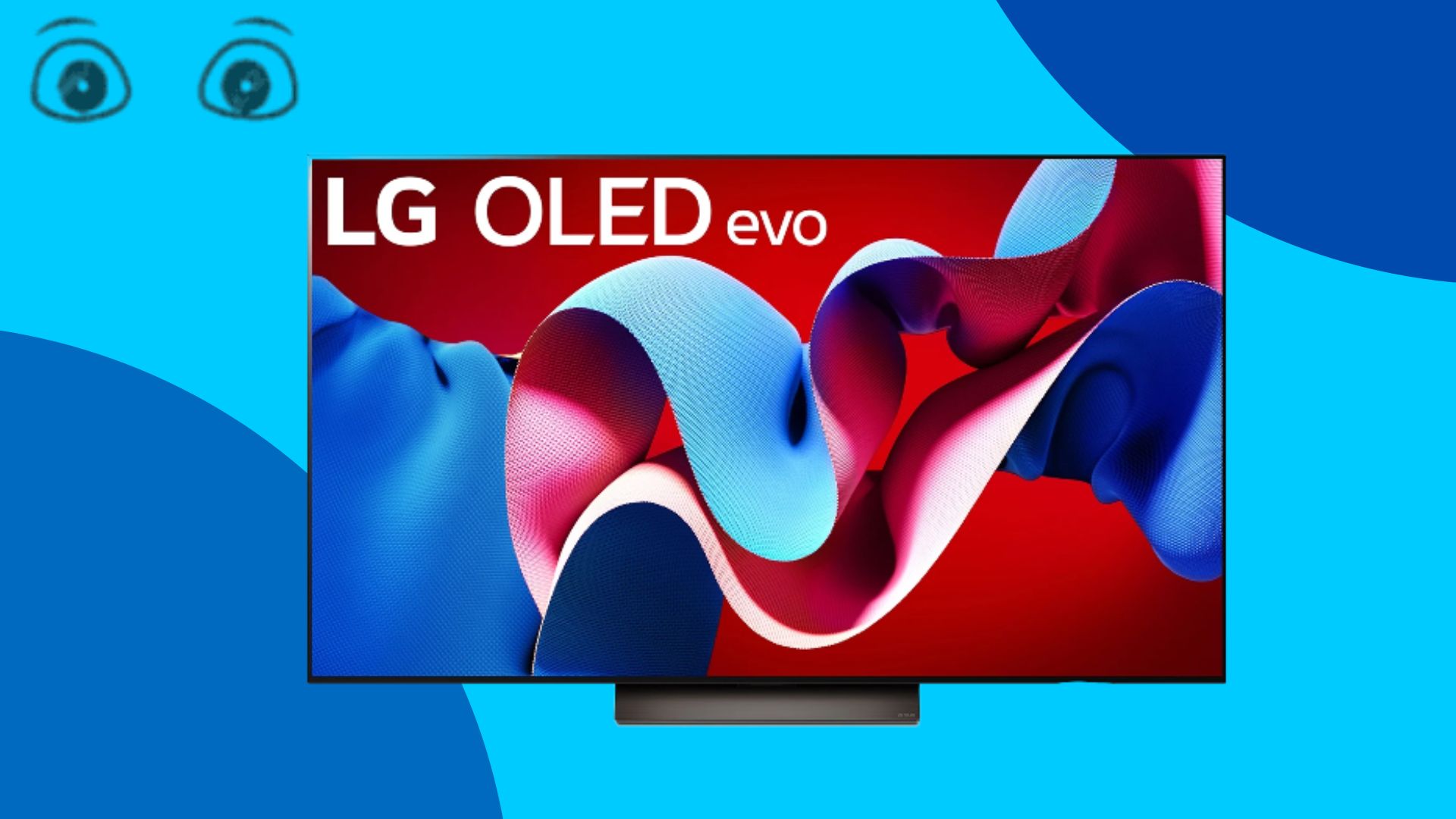

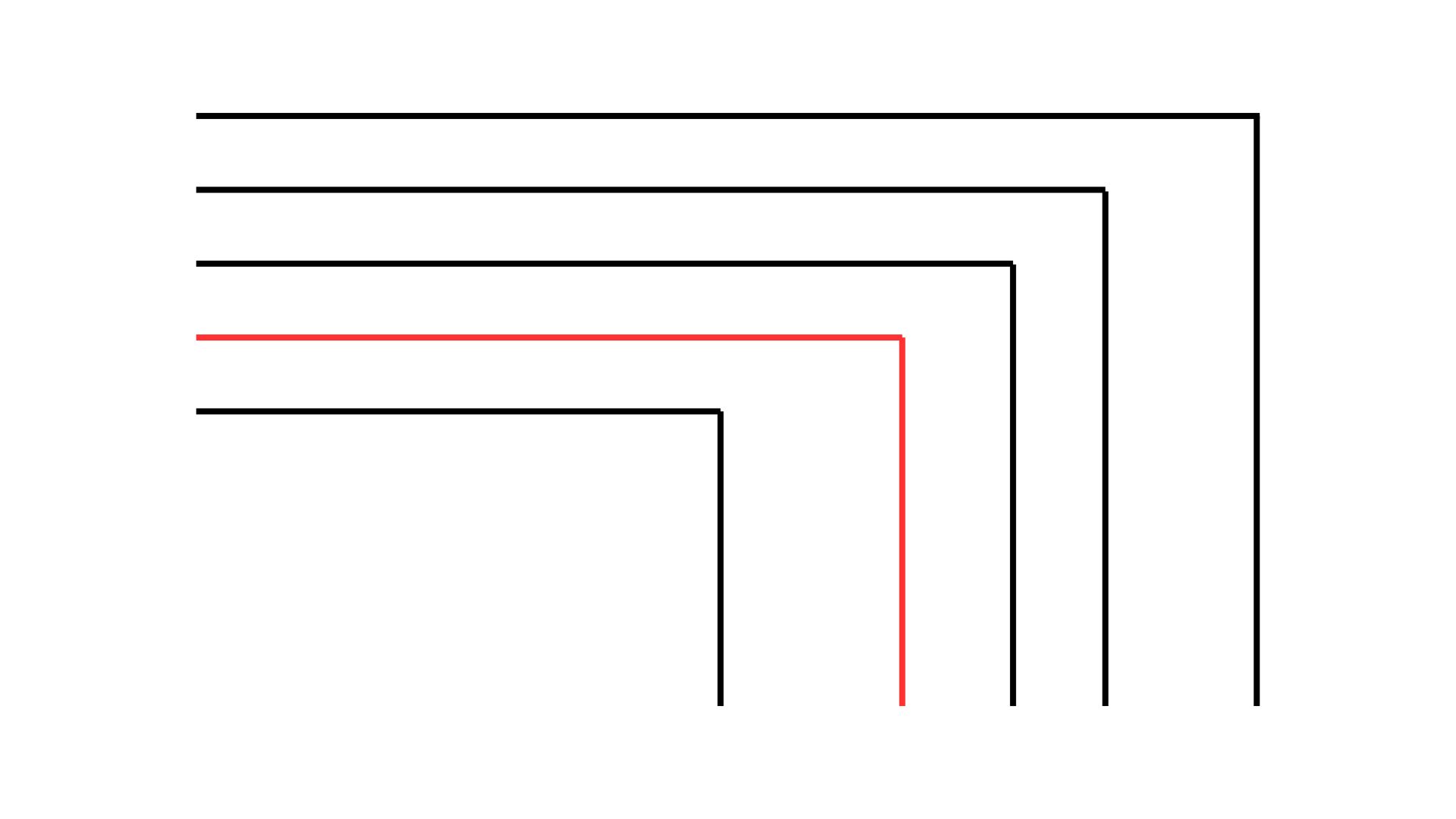
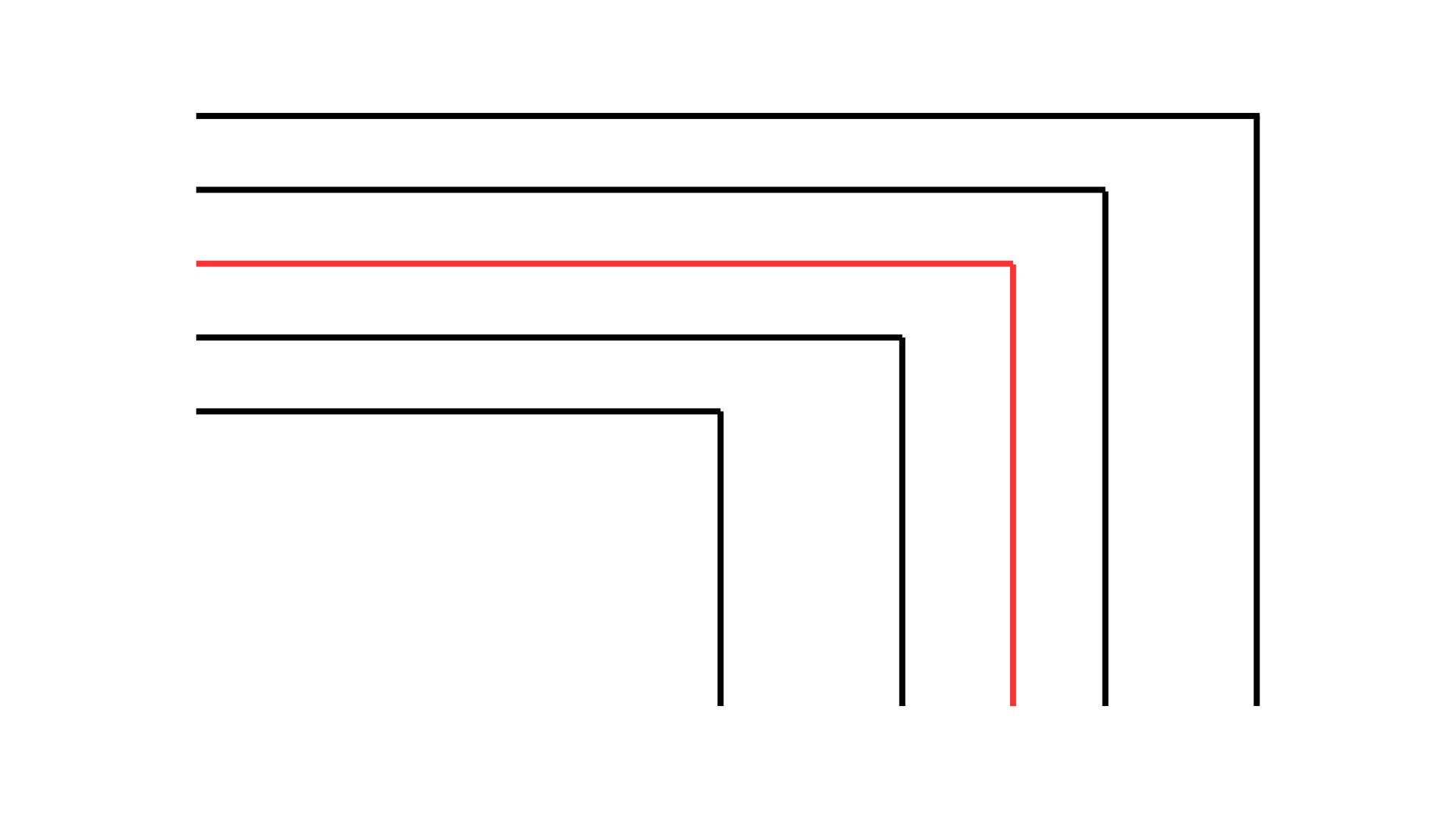
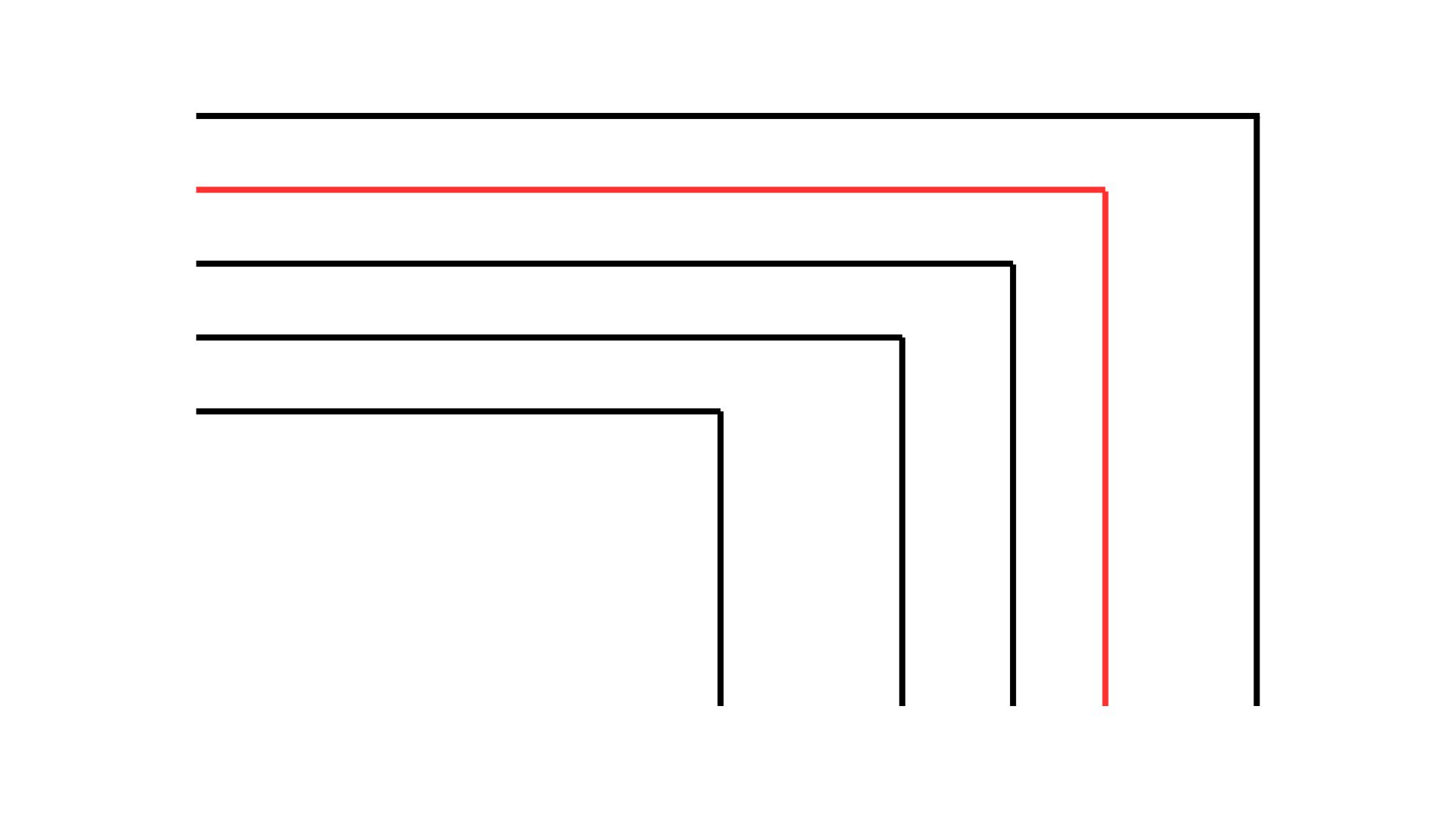
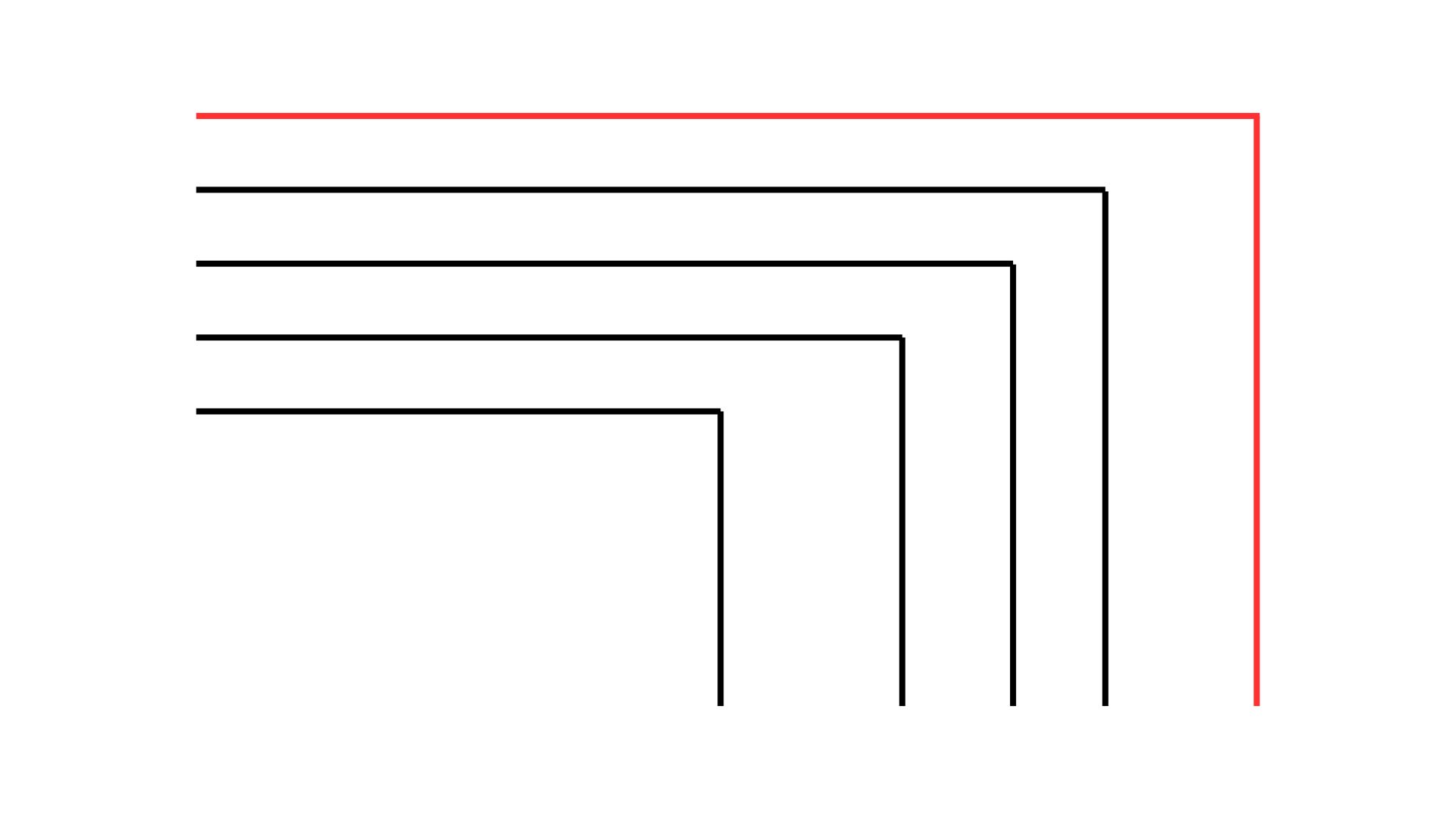

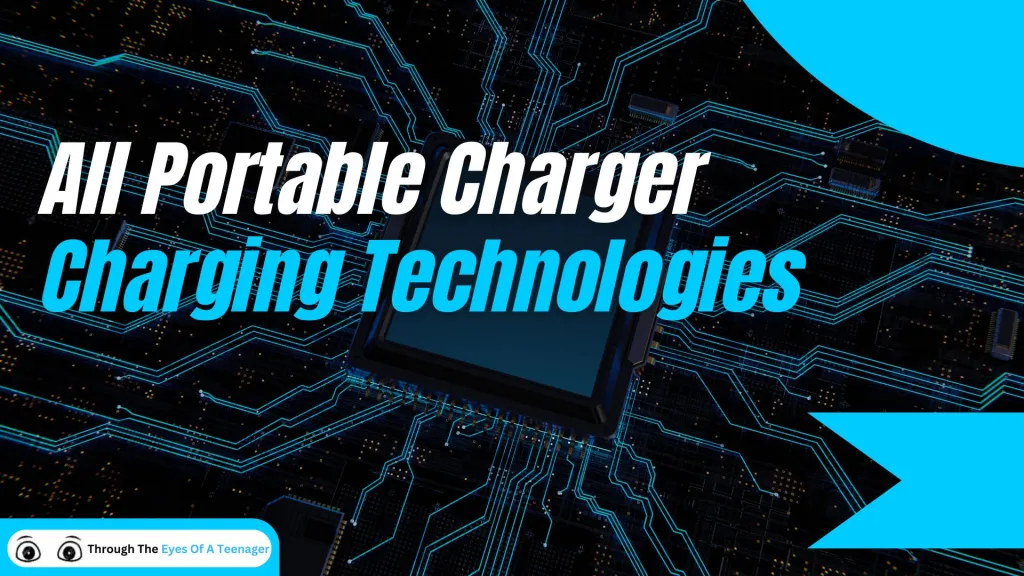

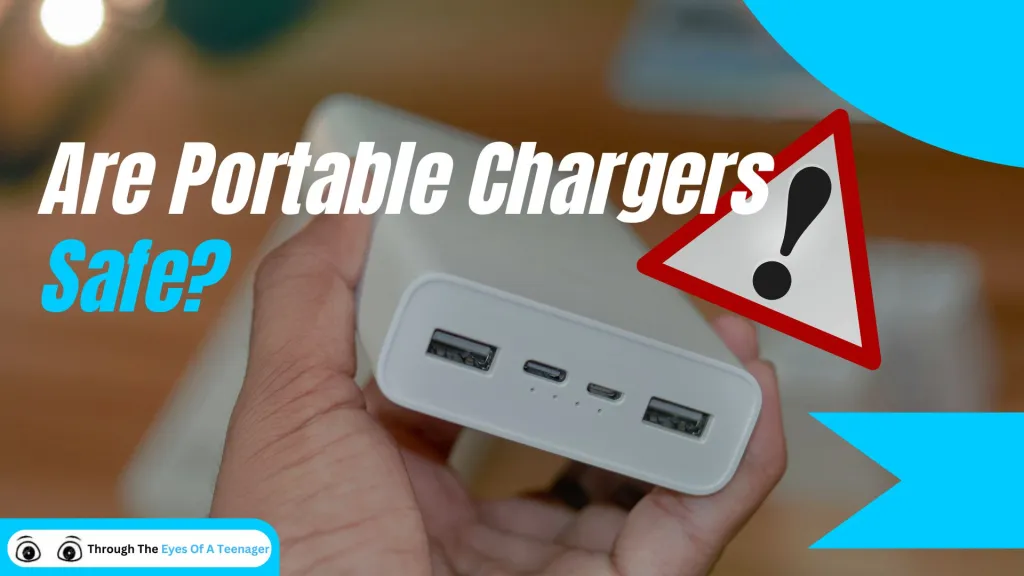
Are Portable Chargers Safe? Everything You Need to Know in 2024
Discover the truth about portable charger safety in 2024. Learn about potential risks, how to choose safe devices, and essential tips to protect your electronics and yourself. (140 characters)
Can Portable Chargers Charge Laptops in 2024: Everything You Need to Know
Discover how portable chargers can power your laptop on the go. Learn about compatibility, wattage requirements, and top tips for choosing the right portable charger in 2024.
Is a 10,000 mAh Power Bank Good? What You Need to Know in 2024
Discover if a 10,000 mAh power bank is the right choice for your charging needs. Learn about capacity, charging capabilities, portability, and how to choose the perfect portable charger.
Power Bank vs. Portable Charger: Understanding the Key Differences in 2024
Confused about power banks and portable chargers? Discover the essential differences, features, and which device is right for your charging needs in our comprehensive guide.
How Many Watts Do I Need to Charge My Laptop? Power Requirements Guide 2024
Discover exactly how many watts your laptop needs to charge properly. Learn about power requirements, charger compatibility, and how to choose the right wattage for your device in 2024.